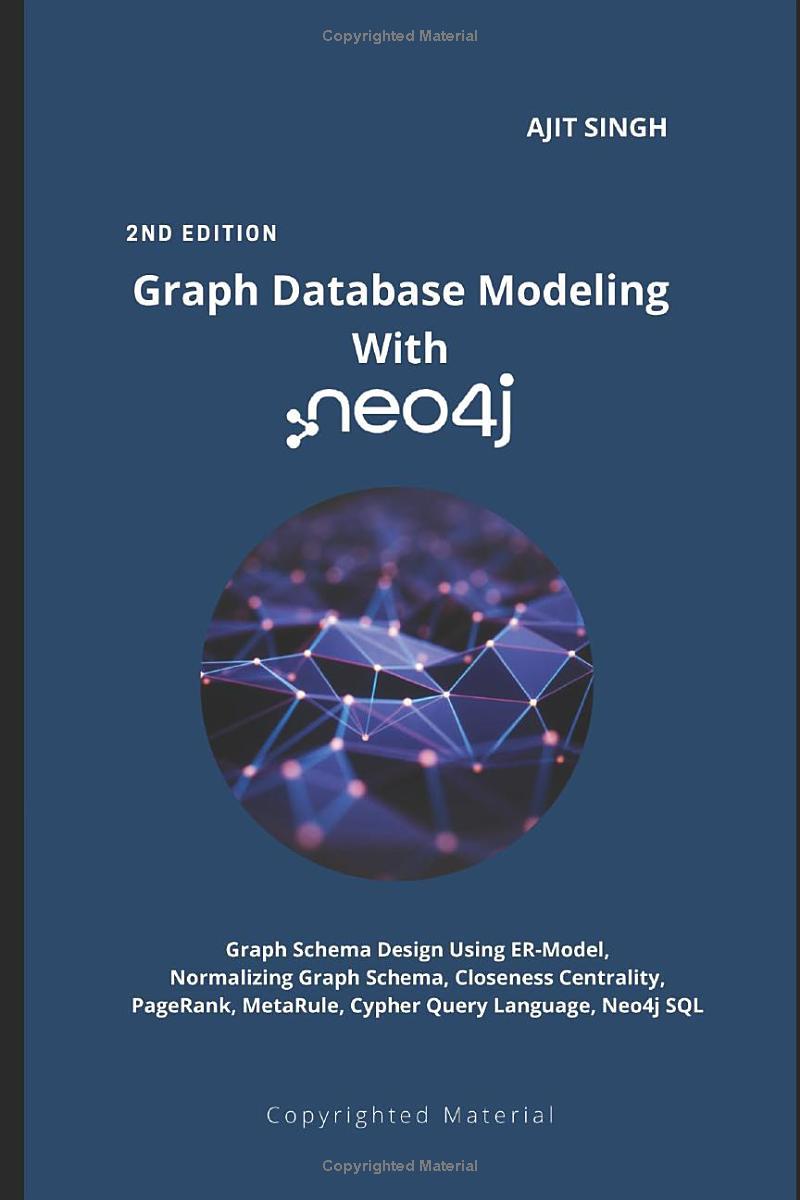Question
Tasks: Draw the corresponding crows foot ERD for the following scenario. M:N relationships should be broken into two 1:M relationships using a bridge entity. Label
Tasks:
Draw the corresponding crows foot ERD for the following scenario. M:N relationships should be broken into two 1:M relationships using a bridge entity. Label PK attributes and FK when applicable.
Bridge/Junction Entity: The bridge/junction entity is used to eliminate the many-to-many relationships. This entity sits between the two entities with the many to many relationships and this composite entity shares the primary keys from both tables.
Show all PKs and FKs with your solution.
First you need to find all entities. Next, list the attributes for each entity. Next, you need to find the relationship between each two entities if there is any relationship. Fix all many-to-many relationships. Finally, make sure all PKs and FKs are properly defined.
For all entities, list their attributes. For example, for the students, we need to store student ID, student name and last name, email address, address, and phone number. You do not need to define all possible attributes. Just determine some important attributes.
For each entity, you need to define a primary key. If there is a relationship between two entities make sure you define the corresponding foreign key in the child table.
Seneca College contains many departments.
Each department has many programs, but every program belongs to only one department.
Every department has many professors.
A professor can work for only one department.
A program has many courses.
A course can be a requirement of many programs.
A professor can teach many courses. A course can also be taught with many professors, via sections.
Each section is only taught by one professor (ignore the summer term)
A program has many students studying in that program.
A student can study multiple programs. However, a student has to register in least in one program.
A student may take many courses.
A student, however, can be off from school and do not take any courses.
A course can be taken by many students.
A new course may not be available yet so the course may not be taken by any student.
A student may have a program advisor. Having an advisor is optional for students so some students may not have any advisor.
An advisor can have one or more students assigned to them.
Step by Step Solution
There are 3 Steps involved in it
Step: 1

Get Instant Access to Expert-Tailored Solutions
See step-by-step solutions with expert insights and AI powered tools for academic success
Step: 2

Step: 3

Ace Your Homework with AI
Get the answers you need in no time with our AI-driven, step-by-step assistance
Get Started


